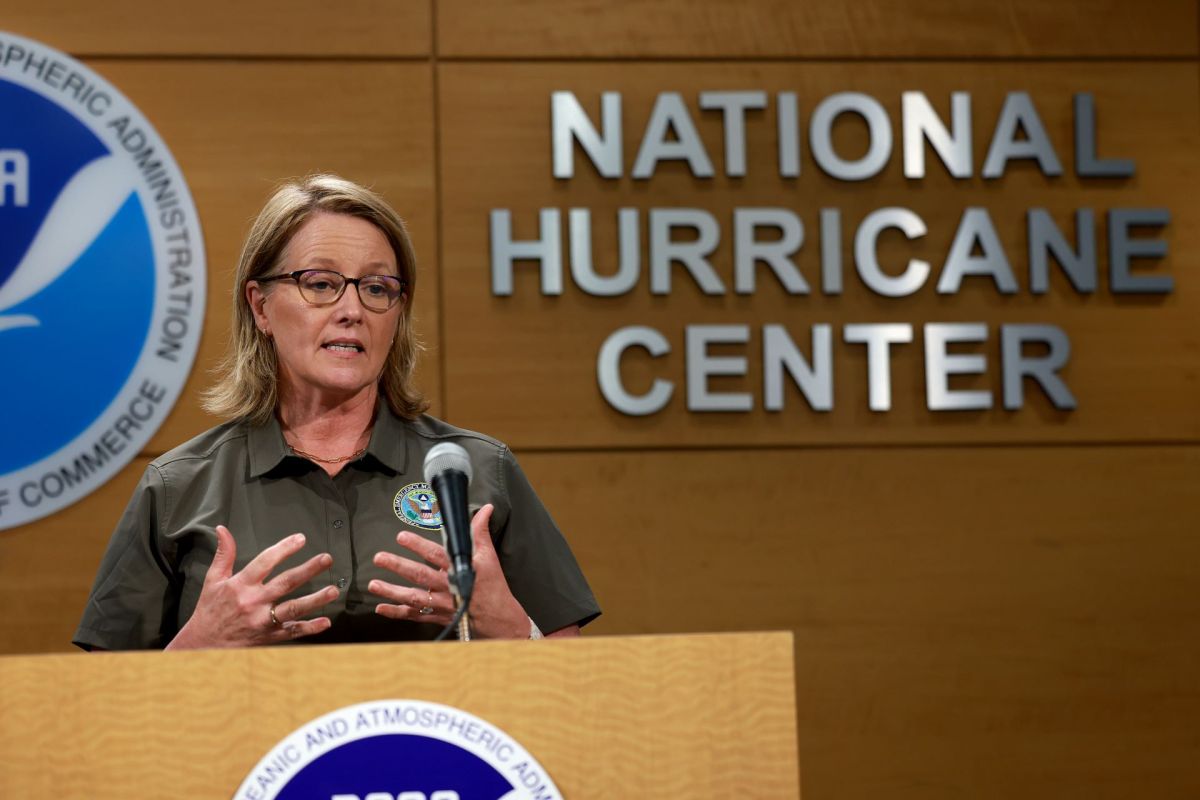The Federal Emergency Management Agency has reached a grim financial milestone — it's almost exceeded its disaster relief fund right as hurricane season is set to intensify.
What's happening?
The United States has experienced 12 major weather and climate events this year (as of late July), killing more than 100 people and costing the federal government over $1 billion. These events have impacted all parts of the country, including major flooding in California, tornadoes and severe weather in the Midwest and Southeast, and major winter storms in the Northeast.
The disaster relief fund, which is set up to supply local, state, and tribal governments with funding for emergencies declared by the president, is expected to fall into a fiscal deficit by August. This shortfall is expected to grow to $4.2 billion by mid-September, Axios reported, if Congress does not authorize more funding, per the agency's budget report.
As the fund gets closer to a deficit, the agency will prioritize "immediate needs funding," meaning that it will support only immediate emergency response rather than the long-term assistance needed for regions impacted by disaster.
Why is this matter important?
The dwindling fund is causing panic among the agency, climate scientists, and governments, especially during hurricane season. It's projected to be an above-average season, although there has been little hurricane or tropical storm activity so far.
Both the prevalence and the intensity of natural disasters are the direct result of our changing climate. Higher air temperature increases the amount of water that evaporates into the air. The added heat and moisture are fuel for devastating storms and weather events around the globe.
"We can no longer speak of a 'disaster season' — we now face intensified natural disasters throughout the year, often in places that are not used to experiencing them," reported FEMA administrator Deanne Criswell to a House subcommittee.
What's being done?
FEMA is assessing funding opportunities in collaboration with the executive branch to find ways to continue supporting all levels of government impacted by natural disasters.
In order to lower temperatures around the world, we must lessen our reliance on dirty energy sources like coal, gas, and oil, which pump planet-overheating gas pollution into our atmosphere when they're burned for fuel, and switch to abundant, cheaper energy sources like solar and wind.
Join our free newsletter for cool news and cool tips that make it easy to help yourself while helping the planet.









